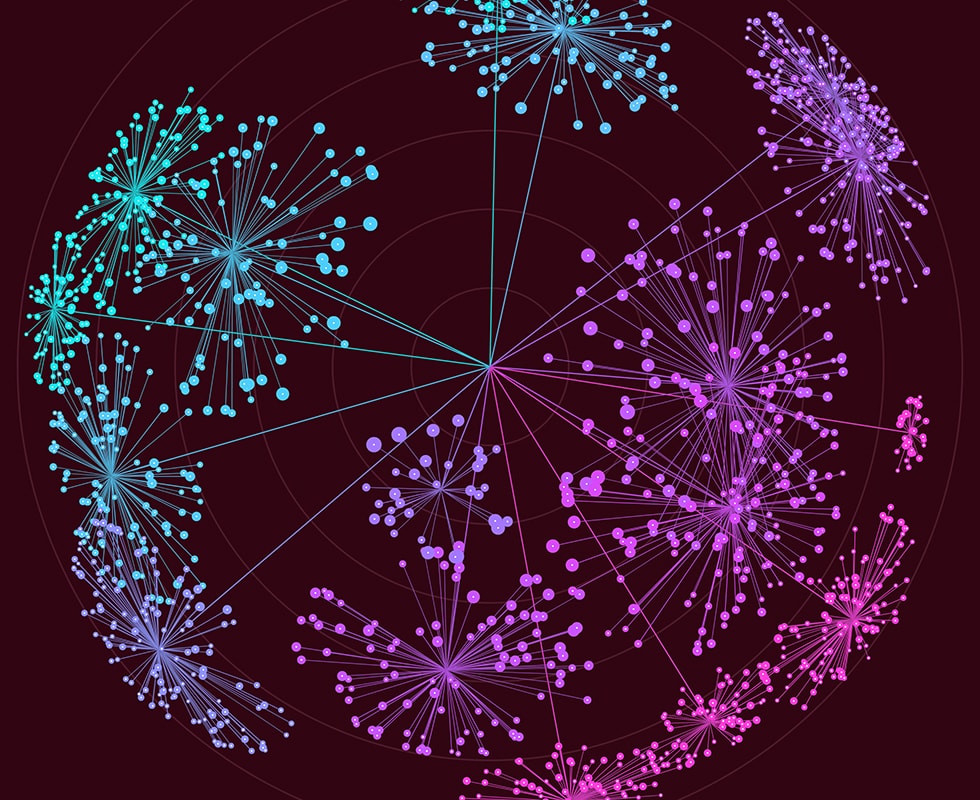Journal of Classification
Overview
The Journal of Classification presents original work in the field of classification, broadly defined. Articles support advances in methodology, while demonstrating compelling substantive applications. Articles advance understanding in many areas of classification including supervised classification, unsupervised classification (clustering), semi-supervised classification, statistical computing, statistical learning, numerical taxonomy, multivariate statistics, and machine learning. The journal also publishes comprehensive review articles; however, these are usually invited. Published three times a year, each issue typically comprises three sections: articles, short notes and comments, and software abstracts.
Journal of
Classification History

Brief History
According to Hubert (2012), The Classification Society (then known as the Classification Society of North America) decided, in 1981, to establish a journal devoted to classification techniques. Following the work of several members – Hubert (2012) credits Douglas Carrol and Phipps Arabie in particular – the Journal of Classification was founded in 1984. The founding Editor-in-Chief was Phipps Arabie, who served from 1984 until 2011. There have been just three subsequent Editors-in-Chief: Willem Heiser (2002-2015); Douglas Steinley (2015-2020); and Paul McNicholas (2020-present).
Editorial Board
The current Editor-in-Chief is Paul McNicholas, a Professor and Canada Research Chair at McMaster University, Hamilton, ON, Canada. Members of the editorial board, including an editorial assistant and more than 20 associate editors, are listed here.
Reference
Hubert, L. (2012). ‘Phipps Arabie 1948–2011’. Journal of Classification 29 (3), 260-262.
Recent Publications
-
Note: t for Two (Clusters)
The computation for cluster analysis is done by iterative algorithms. But here, a straightforward, non-iterative procedure is presented for clustering in the special case of one variable and two groups. …
-
A Unified Theory of the Completeness of Q-Matrices for the DINA Model
Diagnostic classification models in educational measurement describe ability in a knowledge domain as a composite of specific binary skills called “cognitive attributes,” each of which an examinee may or may …
-
Matrix Normal Cluster-Weighted Models
Finite mixtures of regressions with fixed covariates are a commonly used model-based clustering methodology to deal with regression data. However, they assume assignment independence, i.e., the allocation of data points …
-
On Bayesian Analysis of Parsimonious Gaussian Mixture Models
Cluster analysis is the task of grouping a set of objects in such a way that objects in the same cluster are similar to each other. It is widely used …

Join Us
Become a member and contribute new ideas
